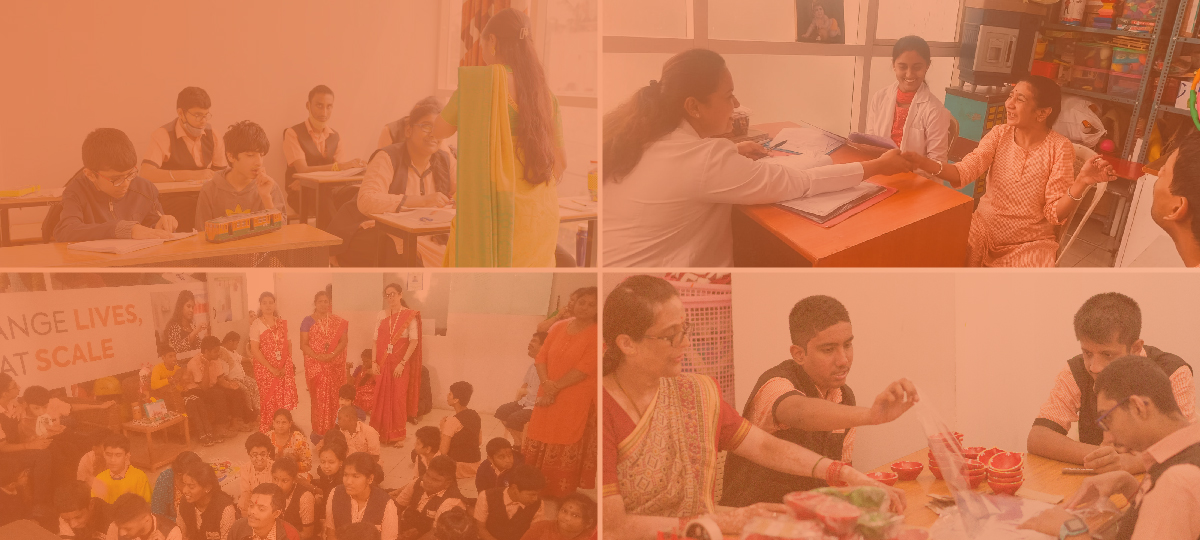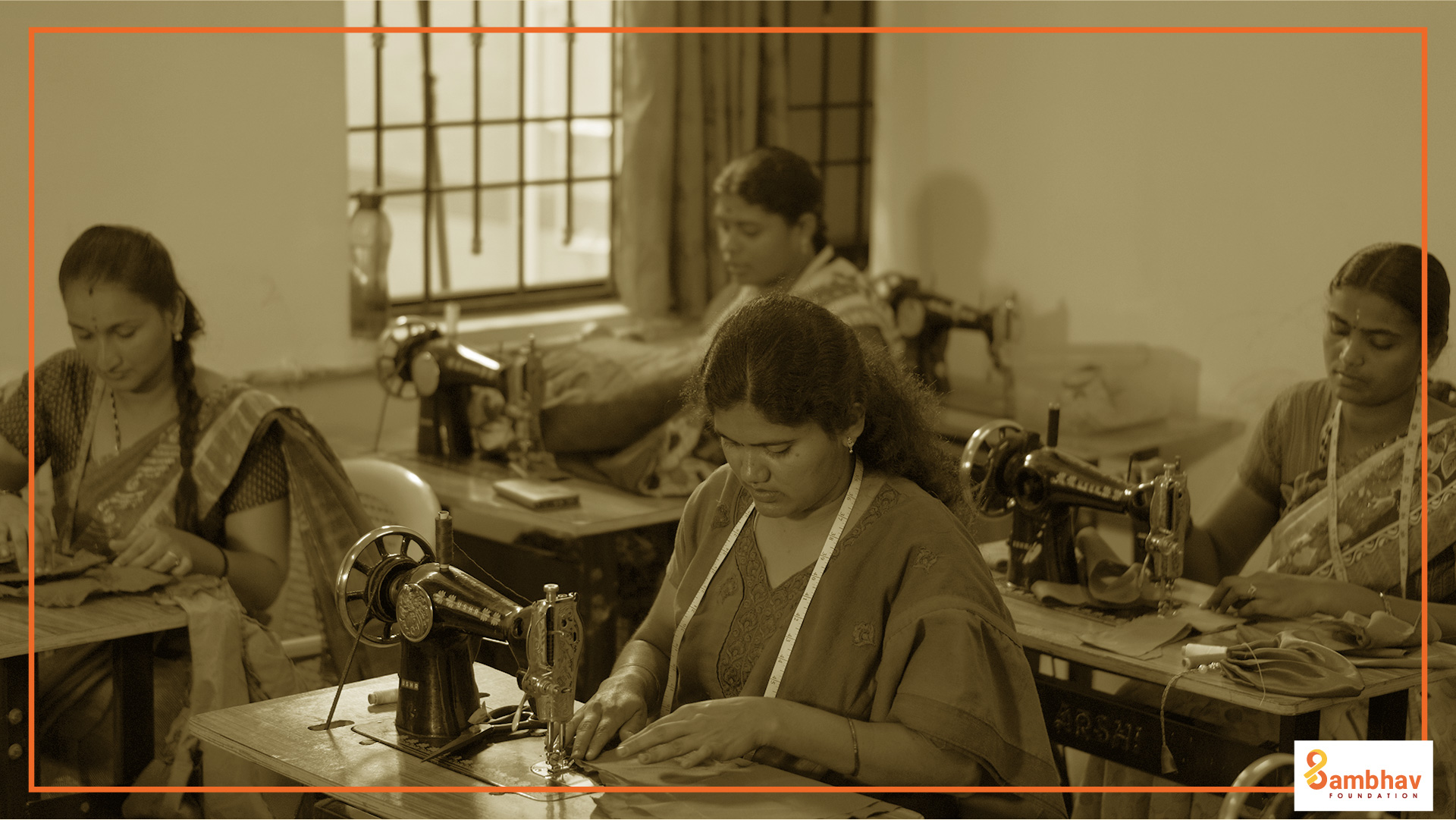Imagine working 13-hour straight a day, in dangerous conditions, without any security or benefits. That’s a glimpse of how an Indian truck driver works a day in his life.
Trucking accounts for over 60% of the freight traffic in the country and is core to the growth of the supply chain sector, without which the development of e-commerce, pharmaceuticals, manufacturing and other industries is far-fetched. And yet, over 40% of trucks lie idle at any point in time. Mainly because India has a shortage of truck drivers. Something is broken.
A 2020 “Save Life” foundation report hit at the heart of the problem. Over 50% of truckers are unsatisfied with their jobs, and over 80% admitted that they would not recommend it to their family members. Despite the criticality of the role, truck driving isn’t growing as a livelihood because it isn’t viewed as a ‘decent’ profession.
The Deep Cuts
Before the economic downturn caused by the lockdowns of 2020, there were several issues already plaguing the industry. Some drivers log as many as 12-15 hours of drive time in a day — and report sleeping as little as 3 hours a day during deliveries. While drivers are salaried, they rarely earn health insurance or other benefits. Unplanned driving schedules, difficult road and driving conditions, lack of hygienic food and places to rest, and long periods away from home and family compound the situation. In this context, the high incidences of road accident deaths and health issues come as no surprise. Neither does the 30% shortfall in the supply of drivers versus the demand.
The Pandemic
The usual struggle for hygienic and affordable food took on usual proportions in late August of 2020. Restaurants were closed. So, drivers would often log in their long hours without breaks or food. The helpers that drivers rely on to unload and load their cargo weren’t always available in the lockdown. As a result, delivery times and workloads grew. Fear of the virus kept many truckers away from work, disrupting the entire logistics sector. IIM-B reported that the sector incurred massive losses in the past year. The small number of truckers who owned their vehicles had to meet loan repayment schedules without the scope to earn. We all felt these disruptions as the availability of necessities in the markets was severely affected.
The Road to Recovery?
It was predicted that when the dust from COVID-19 settles, the trucking industry will make a swift turn and return profits. It just has to be ‘waited out’. The second wave showed how far off we were from reality.
Financial Express reported that the industry was set to lose $2.4 billion in April 2021 alone with increasing cases. In addition, the lack of short-term relief measures means that truck drivers are hard-pressed to pay their loans and EMIs.
The AIMTC has also remarked that about 60% of the sector is facing shutdowns and sitting idle. So, what looked like a recovery from the pandemic (85% of the trucks were back on the road in March) was effectively stalled by the second wave.
What must be done?
The first step is to acknowledge the obvious – very little was learned from the lockdown-related supply-chain disruptions of last year. States struggled to move essential commodities across borders and make them available to citizens. And yet, very few steps have been taken since then to immunize India’s 8+ million truck drivers, the very backbone of the inter-state supply chain. They operate in a state of perpetual high risk, which means the supply of essential commodities is at risk, which means our collective abilities to stay home and stay safe is at risk.
Several drivers have said that they’d return to the roads if they had access to safe conditions and food. Quick vaccinations and health benefits would be the first step to bring the industry back to its previous status.
The second, and more long-term approach, would be to take steps towards improving the status and livelihood of truck drivers. Skilling interventions to rapidly build a cadre of drivers can plug the supply gap. But, the promise of improved work conditions, decent wages, social security, improved benefits, health insurance, and accident insurance would be the real road to recovery for the industry.




